feature image photo by ANGELA WEISS/AFP via Getty Images
Strangers filtered into the dark basement. Mattresses, antique velvet furniture, a St. Andrew’s Cross, a spanking bench, a plastic-coated area cordoned off for the messier kinks. Queers entered the coat check and took off their street clothes to reveal harnesses, lingerie, and black underwear. I was an out-of-towner at the party alone. Cautious, a South Asian among many, many white people. I sat on a throne beside some of those white people. I could have talked to them, but I didn’t want to. In this space made to explore desire, I decided to not do things I didn’t want to do.
In this foreign environment, I allowed myself to be hesitant, to not be the cutest, most charming, eager person there. To people watch, and to enjoy the games. During one game, the room of 50 or so people was split down the middle. The center of the room became a runway. A volunteer from the crowd took the mic and announced their desire: I want, they began. One by one, people named their desires: to have a boot licked, an ass smacked, to paddle other people’s asses, insults and sneers from the crowd. It was practice, as so much of kink is. We practiced feeling and naming desire. We practiced skills on new, willing bodies. We practiced giving and receiving. We turned our asses for the paddle, we got on our knees for the boot, we shouted our most vile insults for those who asked. We, one by one, smacked ass.
One person stood out. They looked South Asian, and their cadence of speech reminded me of a friend raised on the subcontinent. They introduced themself as Nash and announced they were blind.
“I know there’s a rule about not being creepy and to not get too close, but if I do get close, it might be because I just don’t see you, and I won’t know until I am too close. I’m not a creep. I’m just…” They paused. “…disabled.”
I laughed. For the first time in the night, I really laughed. I don’t remember whether other people laughed, whether the able-bodied people in the room thought they weren’t allowed to laugh at the immaculate delivery, the thinly veiled fuck you to rules designed for people who can see.
I’m not blind, but I am disabled, and I have enough disabled kin to know we can and do find humor in our bodies and the way the truths of our bodies butt up against the capitalist, ableist cultures and structures we are forced to navigate.
I wanted to talk to them.
I wanted to, maybe, play with them.
Or, rather, I wanted to be played with by them.
When the games ended, pro-doms got to work on eagerly awaiting bottoms; couples made out until they moved to mattresses; those seeking liquid courage found their way to the bar; the restless, like me, wandered the multiple levels of play spaces, wearing our soles thin looking for something interesting enough to stop for.
Passing Nash in the stairwell, they reached their hand out. “I’m so glad you’re wearing a mask. I’m usually always wearing a mask.” By next time I saw them, two other people had noted I was the only person wearing a mask in the space. One of them said, “I would, but it’s so hard to be the only one wearing a mask.” I’d never gotten this much attention for this simple act of protection.
Every time I considered taking it off, I felt queasy. It wasn’t only about COVID, because I last had COVID a few weeks before traveling, or the flu, which I had over the summer. It was all the other things I liked about wearing a mask: that I did not have to show my face to strangers, or make facial expressions that weren’t genuine, or contort myself to another’s need for ease. By wearing a mask, especially when no else was, I showed, maybe, one other person in the room that it was okay to wear a mask and that it wouldn’t negatively impact the experience.
My mask was also a reminder that COVID happened, is happening. I refused to forget the millions who died and have been disabled by COVID. It signaled a refusal to return to pre-pandemic normalcy and sent a message to other disabled kin that I care about them. Wearing a mask allowed me to be publicly disabled and to publicly protect myself. It soothed my nervous system. I did not have to fear the air, the breath of those around me. A mask was a comfort, a protection spell, a disabled fashion statement.
Wearing a mask felt similar to how I usually identified as a stone top. I started identifying as stone because I wanted to change the defaults that had run my life. I wanted all sexual encounters to start with the premise that no one could touch me. I wanted my vulnerability, my receiving, to be a choice, to be treated as precious. When I wore a mask, I began with the premise that no one could see my face unless I allowed, that I did not give them the gift of seeing me unless I actively consented. At this play party, where the whiteness made me highly visible, my mask was a way to gift myself privacy.
The next time I saw Nash, we waited for the performance to start. They pulled out their own maroon-colored mask. They wore a baggy jumpsuit and talked about organizing for Palestine within the first few minutes. I wore little black shorts and a tiny black crop top with a floral mesh shirt over it. I identify most as a stone top, but for this person? Masked and talking about Palestine, a disabled person of color amongst what they would later describe as a blizzard?
I wanted to bottom.
After the party, I realized my mask had sparked conversation, prompted Nash to put their mask on, and led us to playing together. This was its own kind of vetting. Who will put their mask on for me? To protect me, to meet me where I’m most safe? Could a mask be the push up bra of the disabled community?
A mask was not only about repelling certain people but drawing certain people closer. It signaled to disabled kin, “I’m disabled, too,” or, “I love disabled people enough to wear a mask,” or “I give a shit about you.” The care in itself was erotic. It was erotic to know someone cared about me enough to not get me sick, to not take the chance without talking about it first, to not pass something to me that could make me more disabled. It was erotic to not have to fear. It was erotic to feel safe with someone because I was not wondering what was hidden within the air they breathe.
By erotic, I mean in that Audre Lorde, “internal sense of satisfaction to which, once we have experienced it, we know we can aspire,” way. But I also mean, it was hot. It was hot to play with someone knowing they orient their lives around care, in this material and fundamental way.
When I talked to Amanda, my friend who first brought me to POC play parties and who was the other disaster bisexual in the group chat, she shared her own stories of times she wore a mask and hooked up with, played with, or was propositioned by strangers. Times when she was one of only a couple people masking, times she met people who would become play partners and lovers through multiple masked encounters. I imagined it: eyes locked above KN95s, horny eye contact while still in the mystery of not being able to see a potential lover’s face. The implicit rebellion of wearing a mask in the bar, the play party, the club, when society has largely deemed masks too burdensome. The solidarity that comes from marking oneself as other. The fantasy of what the other person looks like, what led them to defy ableist cultural norms, what might happen when the mask is off. The magnetic attraction that leads one disabled person to talk to, play with, another.
Amanda said, “Masks are hot! There’s nothing hotter than going home with someone and knowing you won’t get COVID the next day.”
I thought about the time my girlfriend had COVID while visiting. She quarantined in the other room, but we watched all of Hunger Games masked on separate couches. On the final days of her quarantine, when it wasn’t clear whether she was contagious or not, we wore masks as she fucked me on the red rug in the living room. We took a bath together masked. I did not get COVID. Masked sex protected me, while still allowing for intimacy, care, and touch.
Masked sex and kink have taught me that I am worthy of touch and intimacy. The animal in me that needed to cuddle and be soothed through the physical presence of another animal body on mine — that body could have its needs met, even if sickness was rampant. My need for touch was not opposed to my need to be protected against contagion.
Masking is not a barrier to intimacy but a path towards intimacy. Wearing a mask allows me to find the people I’m meant to find. Yes, masks alienate some people. Some think I’m standoffish, unwilling to interact, overly cautious, perhaps even hostile, lingering in the past, hiding my face. And yet others will see my mask and think: This person stands out, this person is a potential play partner, this person is disabled, this person cares about disabled and immunocompromised people like me.
Every time I’ve told this story, I’ve struggled with what words to use. It feels disrespectful to call one person top and one person bottom, because the way they moved with each other was so different than any kind of top/bottom dynamic I’ve ever seen. It was not through one person doing things to the other that marked one as top and the other as bottom. It was not through skill or the ability or lack of ability to do certain things. It was not through delineated roles of who was “giving” or “receiving.” It was not through one person being barely clothed while the other person was covered up.
It was, in part, through a mask.
The top wore a mask.
On the backyard stage, the performance began with a person, who, for simplicity, I’ll call “the bottom,” tying themselves. In tiny leather underwear, they wrapped rope around their torso. Their long brown hair flowed parallel to the red rope they gracefully slid around their body, creating simple, neat, and effective frictions to hold the rope against them. Beneath a suspension ring, they held me in anticipation: I knew the bottom would be suspended, but I didn’t know when or how.
The person I’ll call “the top” emerged, wearing a jock strap that framed their ass beautifully, a cut off ribbed white tank, and a denim vest. Their black hair was tied up and their face was covered with a black bandana. It was not, technically I suppose, a mask, but it was a kind of mask. Theirs was one of the only faces an audience could not see.
They lurked around the edge of the stage as the bottom tied. They crouched beneath the bottom, then loomed behind them as if they were determining the best angle from which to mutilate their prey. Occasionally, they touched the bottom. They grabbed the bottom’s hair, or throat; they wrapped their arms around the bottom, squeezed their ass. The bottom continued tying, smiling. They seemed pleased by the attention, but focused on their task at hand.
I could see the face of the bottom; I could not see the face of the top. The top’s performative skill came from curating an energetic charge. The top appeared unpredictable, dangerous, evil. The top could have been anyone: predator, killer, spy. In the context of this performance, I liked the mystery, the possibility of danger, the right kind of danger.
The top pulled a folding chair from the wall, and the bottom sat down. The top tied one simple tie, a double column knot around the bottom’s ankles. It was not complex, and as a rope top, I noticed the top was not the most technically skilled person in the scene. The bottom created a safe harness for themselves; their fingers pulled dozens of feet of rope through small spaces tight against their body. They felt their own body, assessed their own safety, were played with by another, and put on a fucking show. The skill of hotness, the skill shared with us.
The bottom then sanitized their torso and thighs, and began placing needles.
The top joined.
It seemed random at first. Each needle was either on the bottom’s chest, stomach, or thighs. Some of the needle placements felt intense, energy rippling through the crowd. This was only the second time I’d ever seen needle play in person, and I wondered how many people in the crowd were experiencing it for the first time.
After a dozen or so needles had been inserted, the bottom winked at the top and smiled. I gasped: I’m into kink not for the most extreme things we can do with and to each other, but for the tiny intimacies, the ways we crack each other open in our most vulnerable moments, for the inside jokes, laughter, and playfulness. They each picked up a needle, and clinked them together. Cheers, for the freaks.
I had the biggest grin on my face. I looked around like, did anyone else see that? I was enthralled by their silent banter, their dynamic. Still, the top’s face was hidden, still, the bottom was exposed.
At this point, they both began to place the needles with more speed. It was like a choreographed dance; I was experiencing the highs and lows, the emotional arc of the dancers, as they practiced their art.
Once the needles were in, they formed two rows down the bottom’s torso and thighs, with the tip of each needle pointed inwards. The top grazed a pre-cut length of red ribbon across the bottom’s body and wrapped it around each needle’s plastic end, so the bottom’s body was laced like a shoe.
Thighs held together in the lacing, the bottom stood and reached overhead with a length of rope. They connected their rope harness to the suspension ring above them and I imagined the tension on each needle as the ribbon stretched and shifted. The interplay of metal, cloth, and skin as soft, delicate fibers brought together all the sharp, hard things within their body.
The bottom suspended themselves, and where was the top? The top was grabbing the bottom’s neck, putting fingers in their mouth, licking them, squeezing their ass. The top was creating pleasure and pain, stepping away from the bottom and drawing close. Face obscured, the top was bearer of cruelty and delight.
Once in the air, the bottom spun on the ring beautifully. The top touched their body and they made pretty shapes. This is how rope bottoms are often portrayed: suspended, beautiful, in the air, at the will of another. Here, this lasted only a few moments.
Gradually, the top began to remove needles and blood began to flow. They unlaced the bottom. Drops of blood poured down the bottom’s thighs, chest, flanks. With the bottom’s body suspended in a perfect arc, thighs exposed to the room, the top lowered their mask.
They licked.
For them to taste the blood of their lover, they had to reveal themselves. To receive this [gift] [temptation] [bliss] blood, they had to make themselves known to the audience. There was beauty in this gesture, this revelation, and it wasn’t until this moment that I thought of the top and bottom as lovers, rather than play partners. The gesture communicated love. It emphasized the gifts, and power, we give each other when we play: our blood, our faces, our vulnerabilities, our life force.
My eyes welled with tears. I thought of all the times I longed for gestures of vulnerability from tops, the times that stone had meant impenetrable, hard, a refusal of softness. This top created an energetic sense of cruelty through their mask, but then softened through its removal. It was as if they said, You, my prey, are worth it.
Masks are erotic tools. When I have sex or play with someone, I want to care, and be cared for. A mask signifies a willingness to care, to do the dance of care with each other, to engage with our erotic, sexual bodies. Someone wearing a mask doesn’t necessarily make them a good lover, but it can be a precondition to a good time. They allow us to keep secrets, hide ourselves, and offer ourselves to the right person. They remind us of the preciousness of revelation. They prevent infection so we can care for, love, play with, delight in, our beloveds as long as our bodies allow. They signal care to immunocompromised and disabled kin. They function to vet people. They can create an emotional experience, and protect our own emotional experience when we don’t want another to see.
They’re hot, because, as Amanda said, there’s nothing hotter than going home with someone and not getting COVID afterwards.

















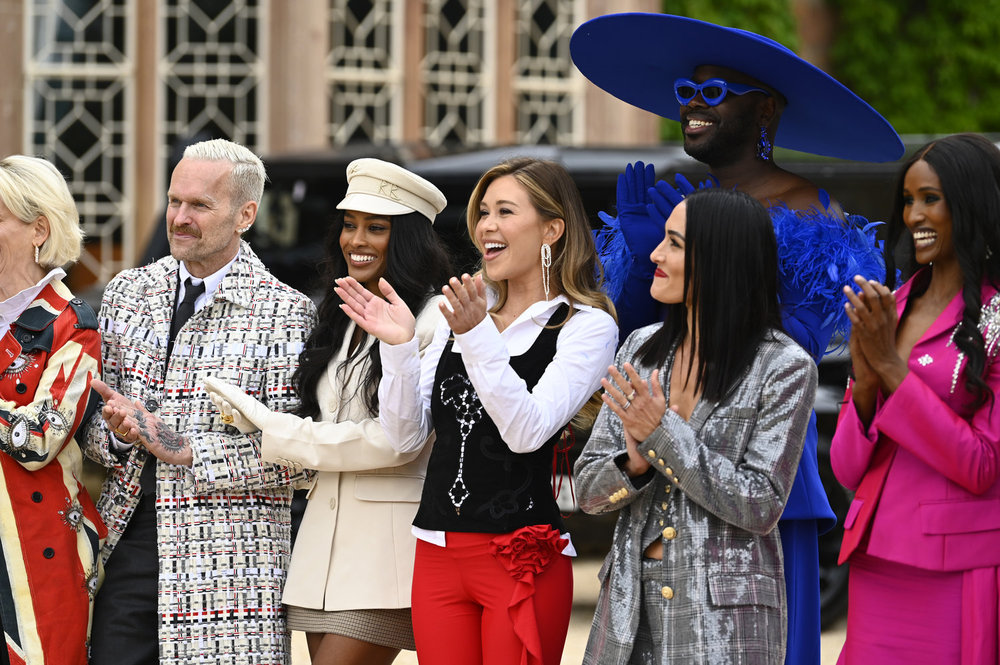



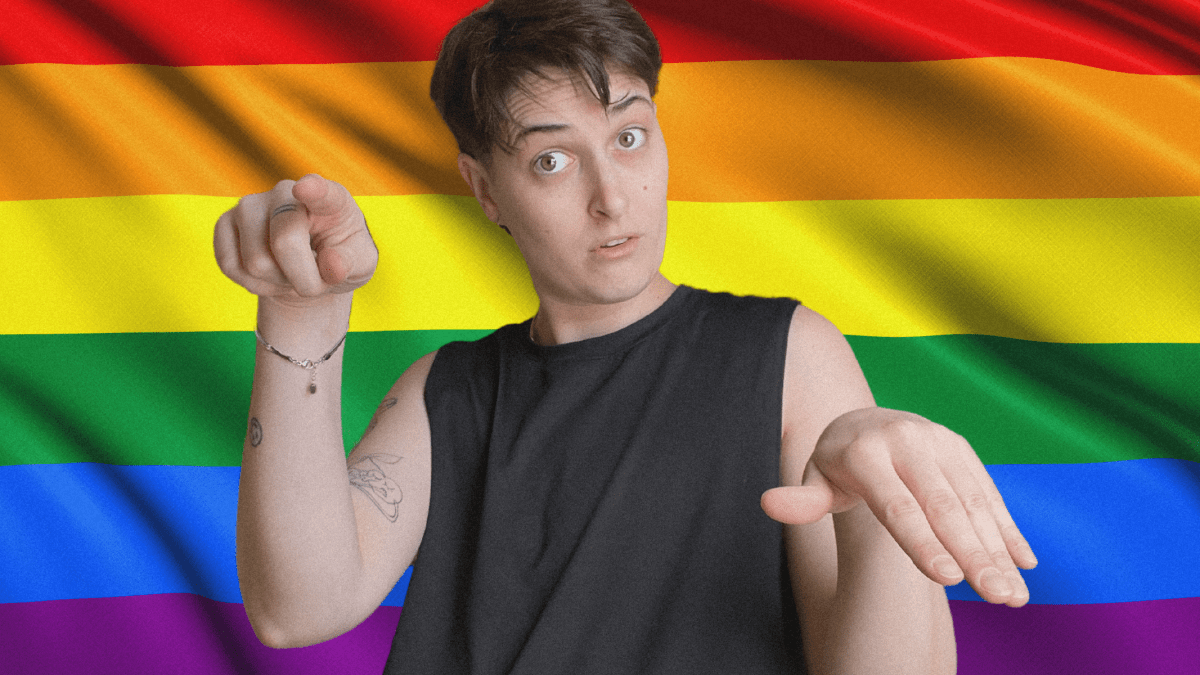
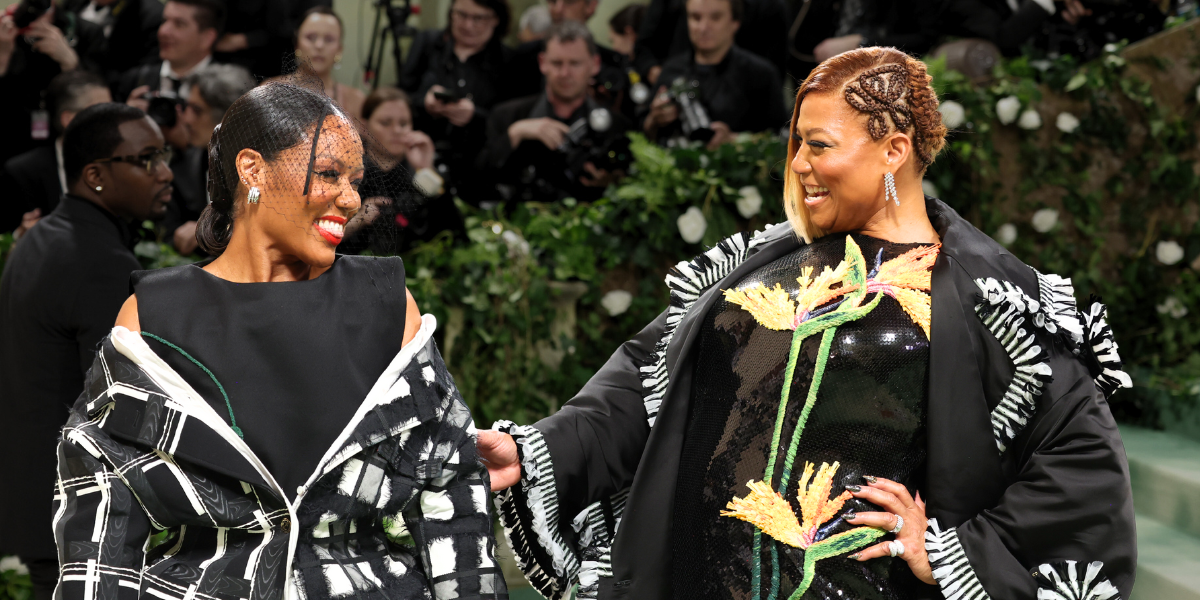
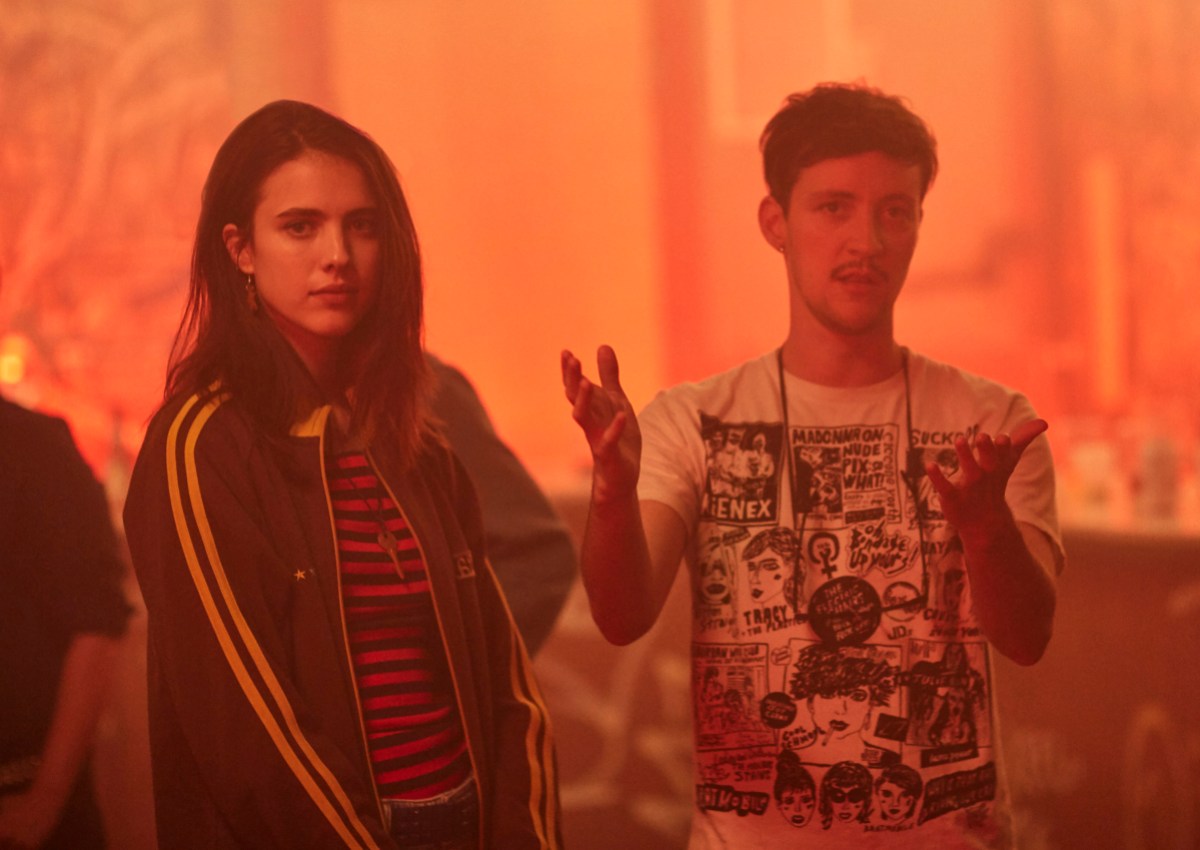

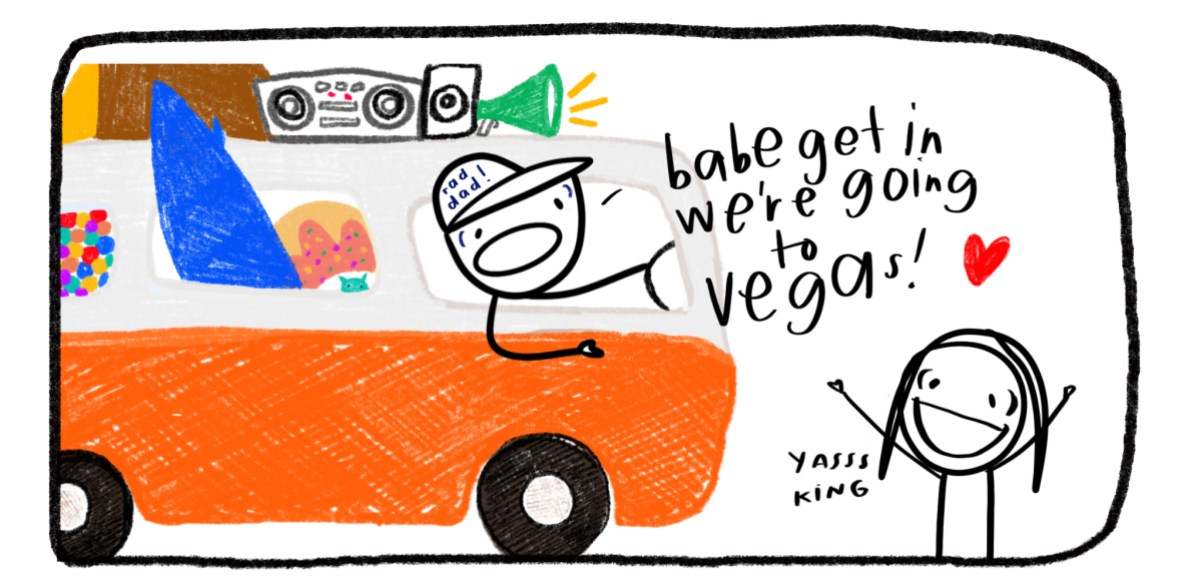


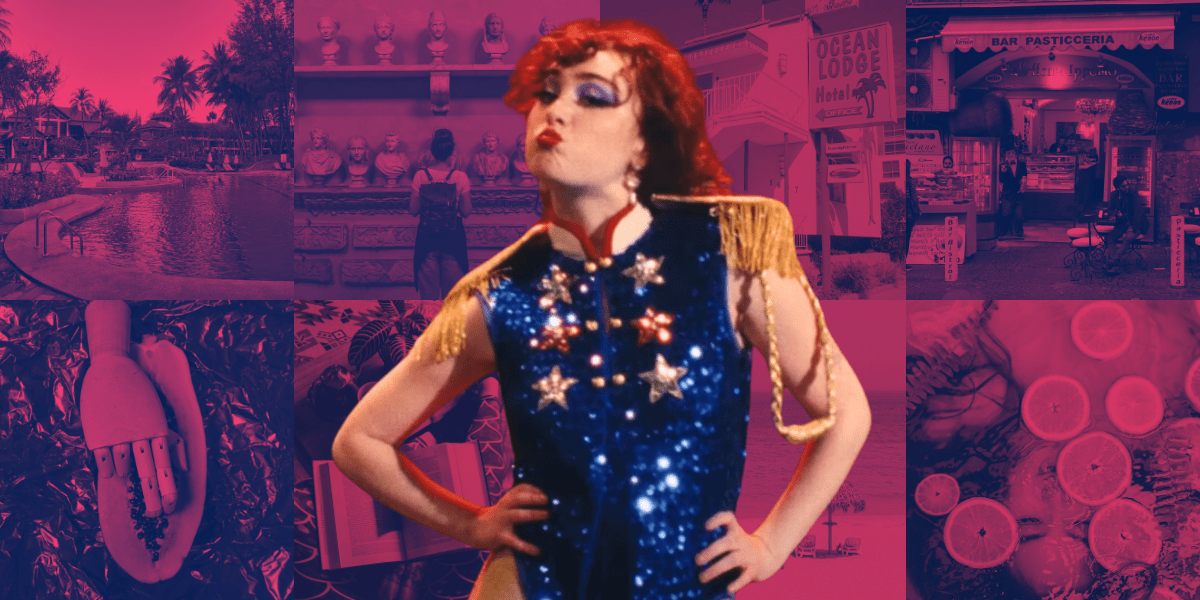


























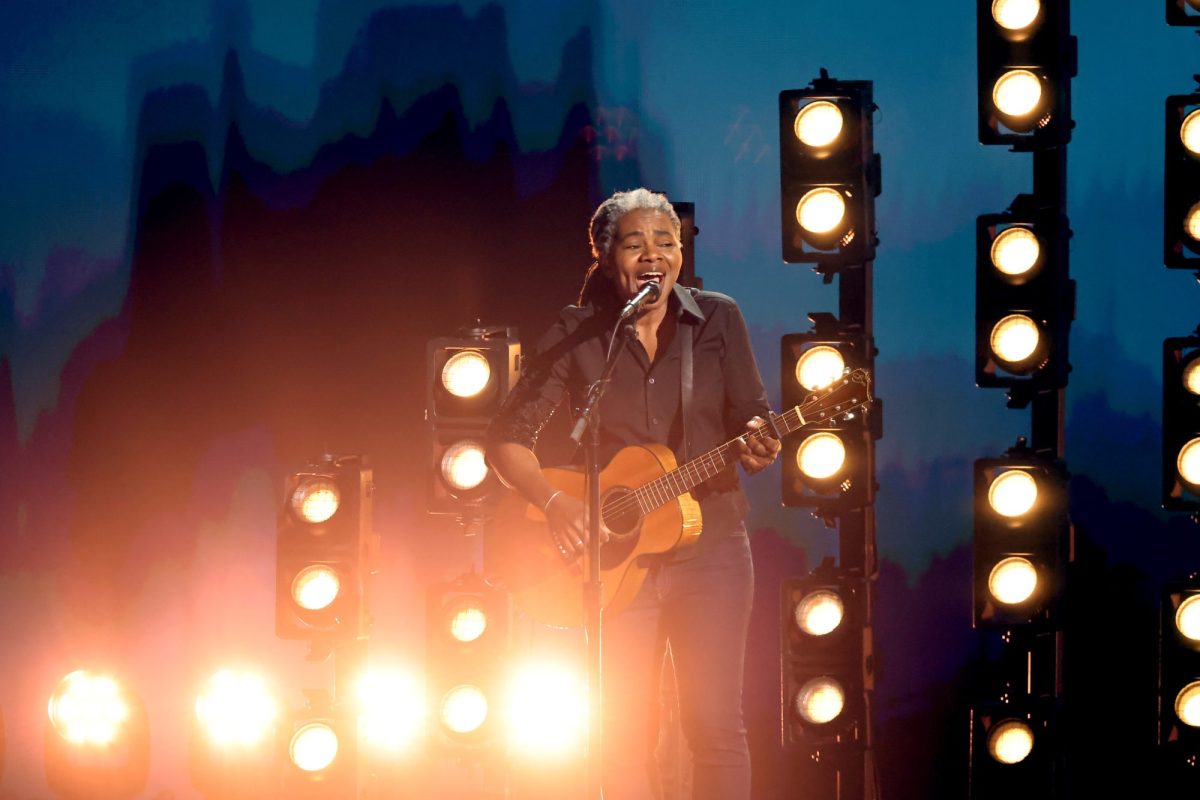
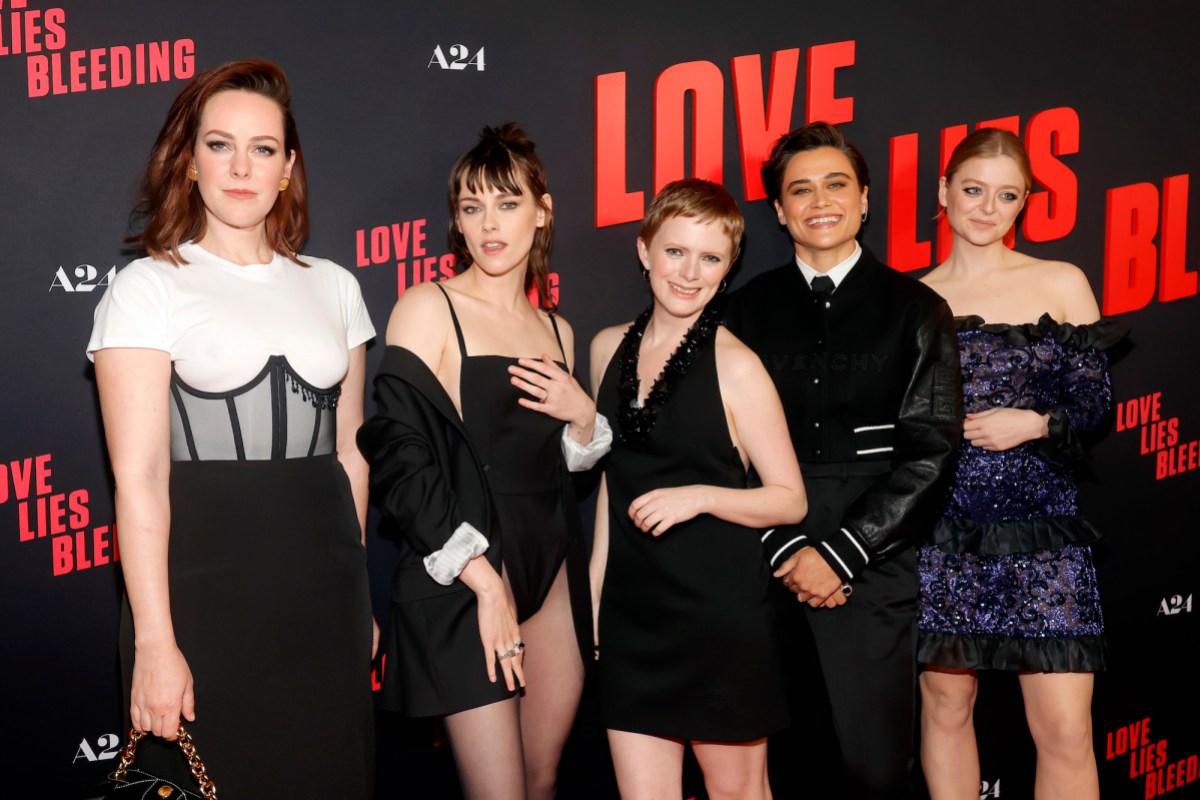
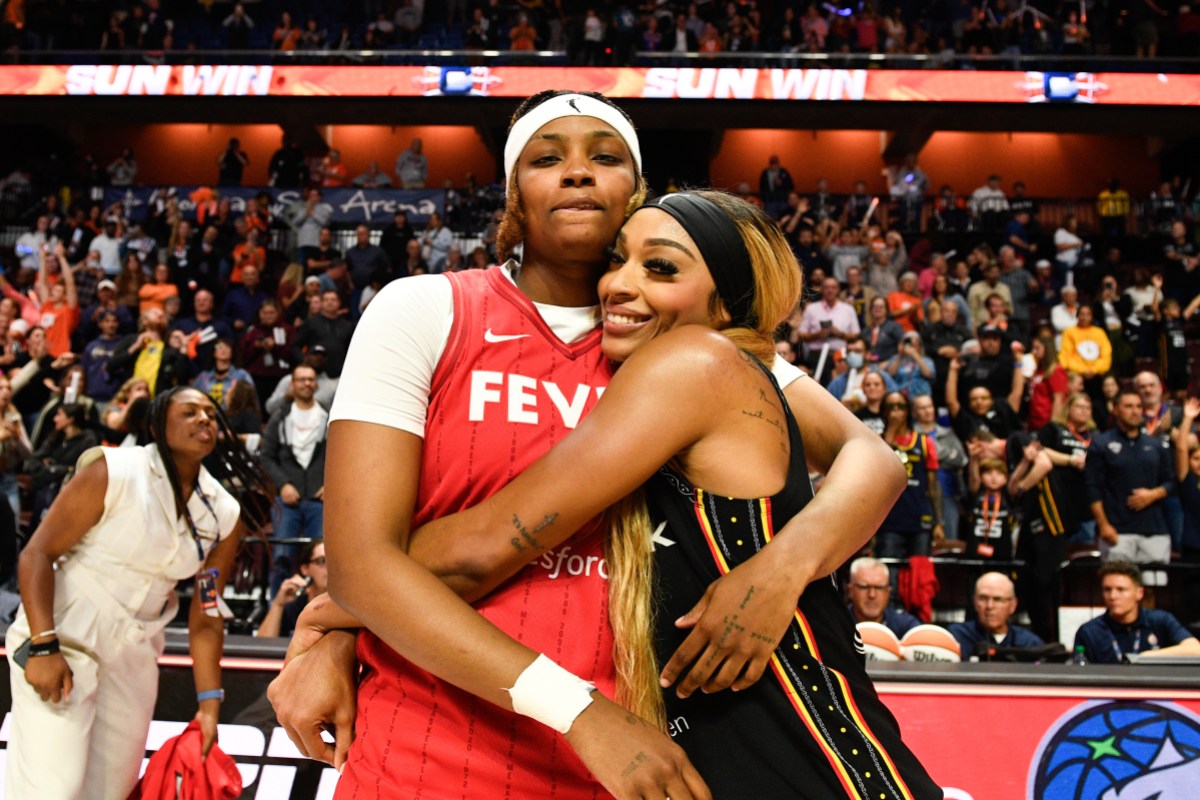
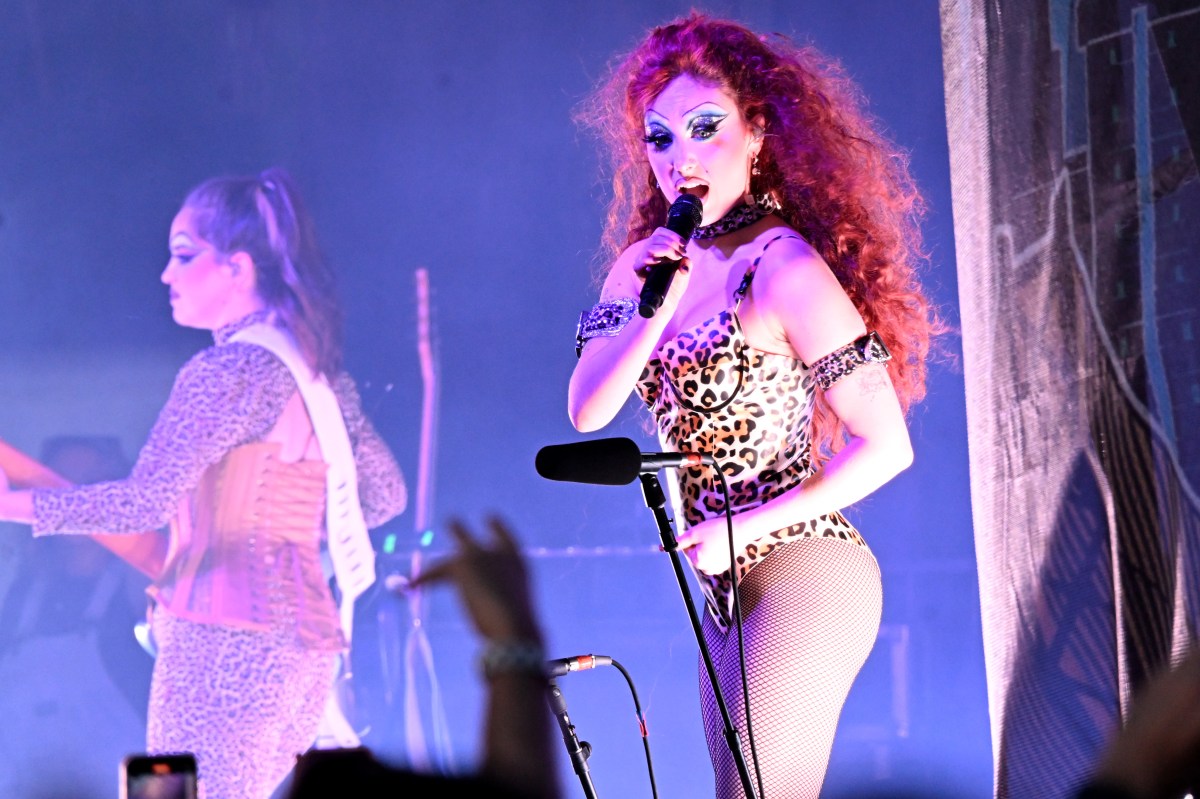
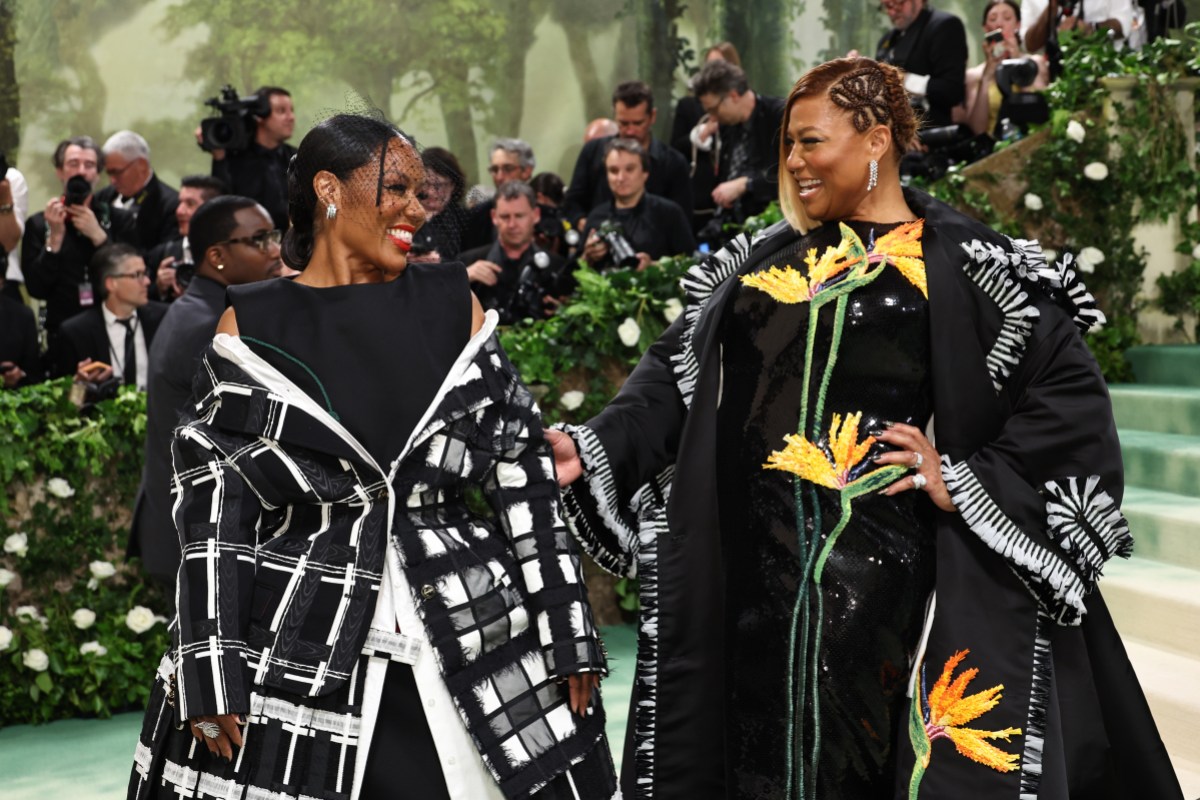
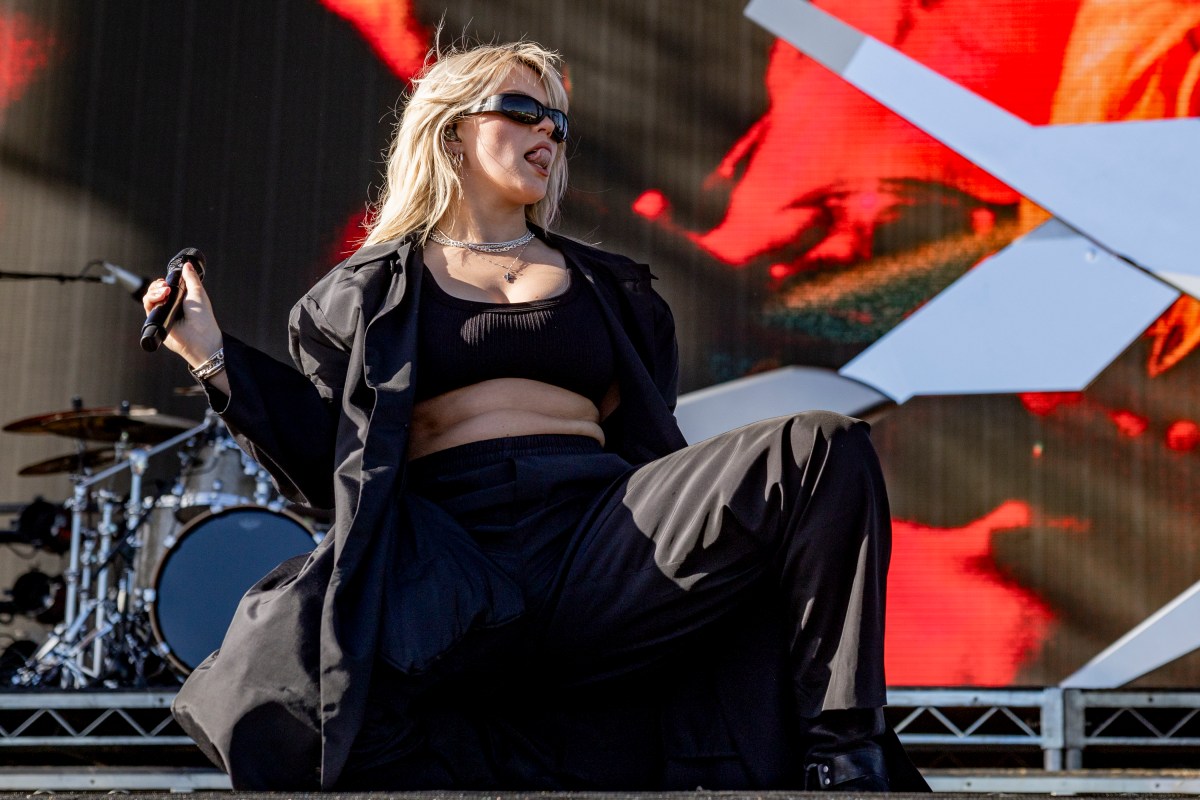


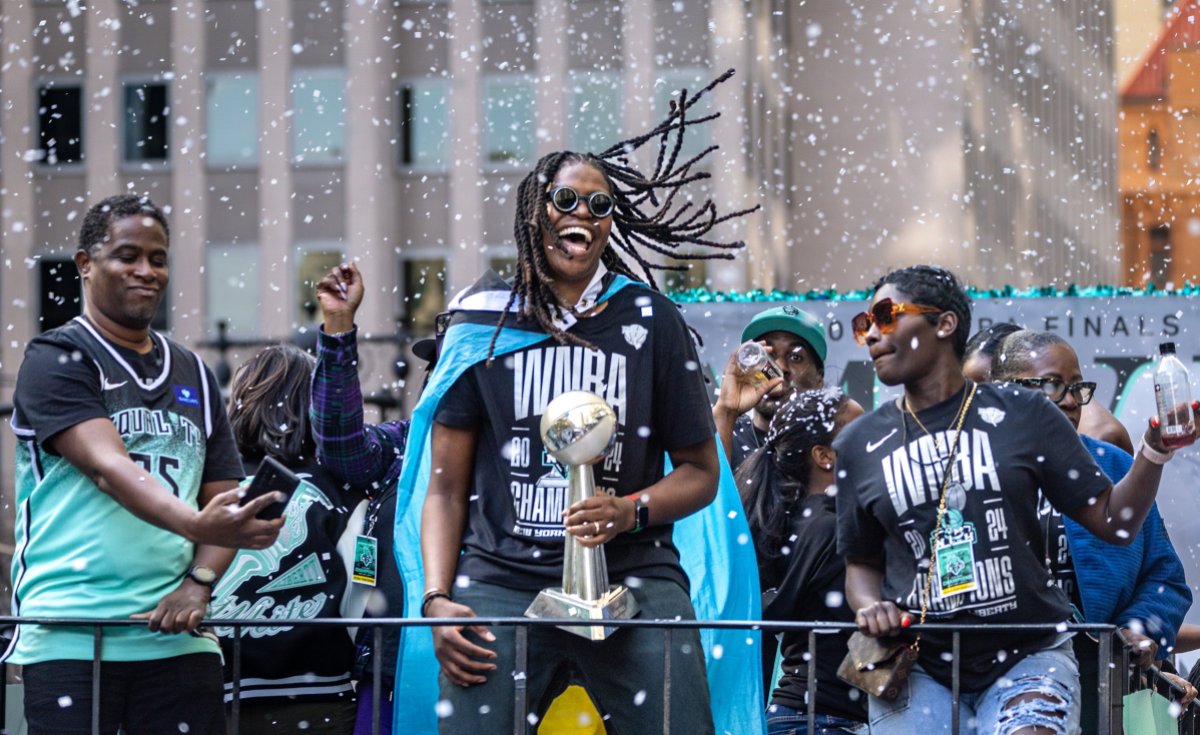



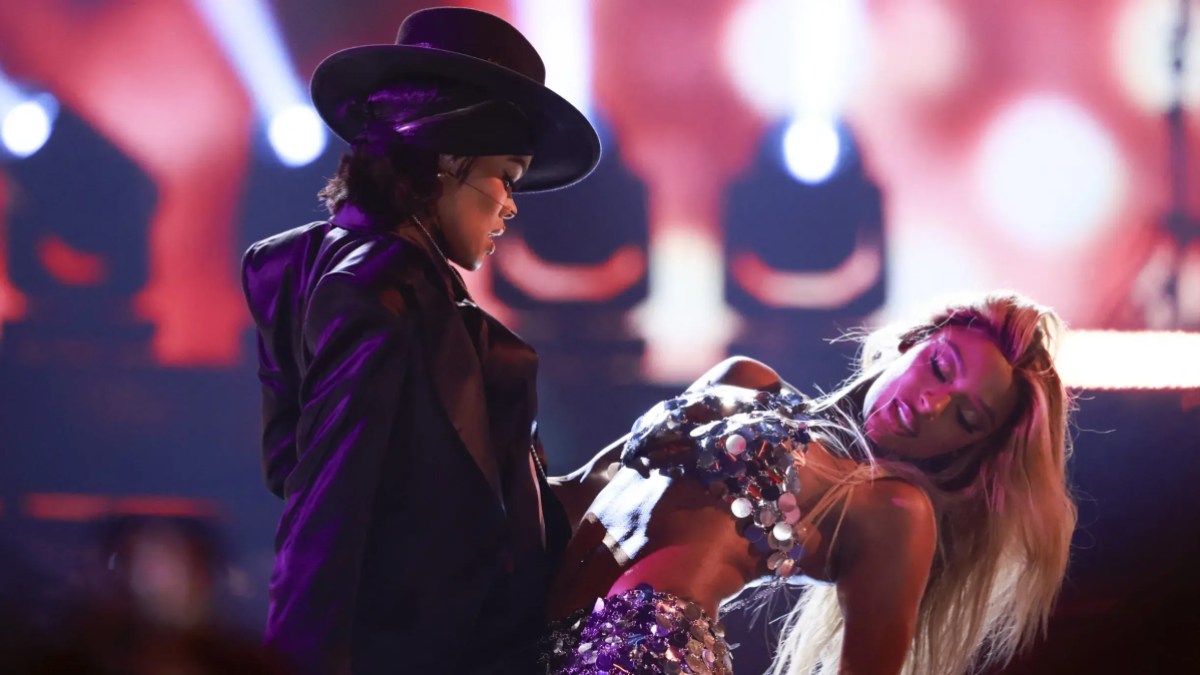




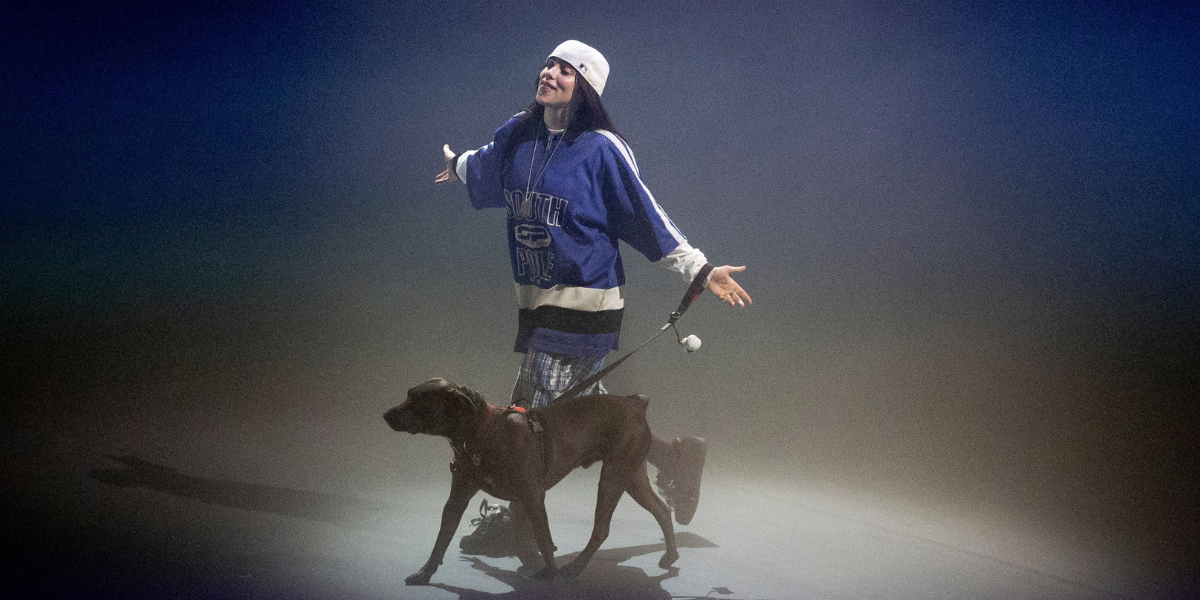
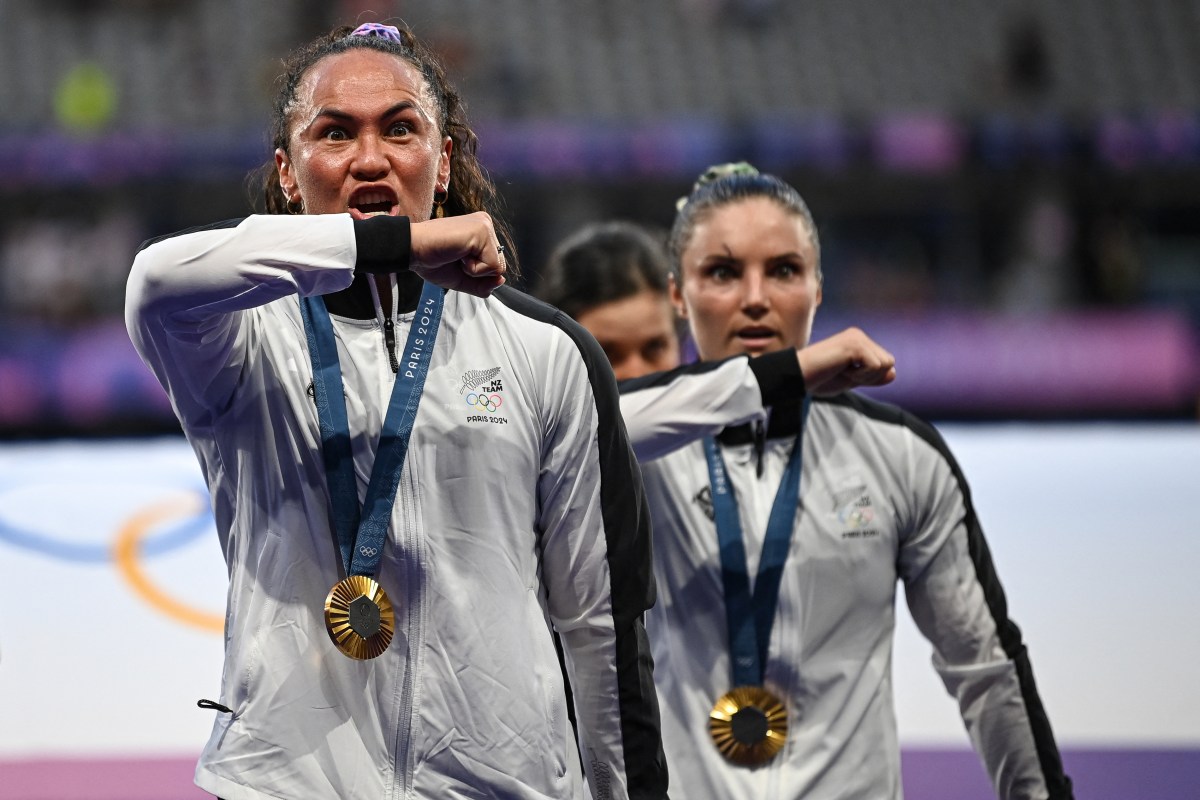

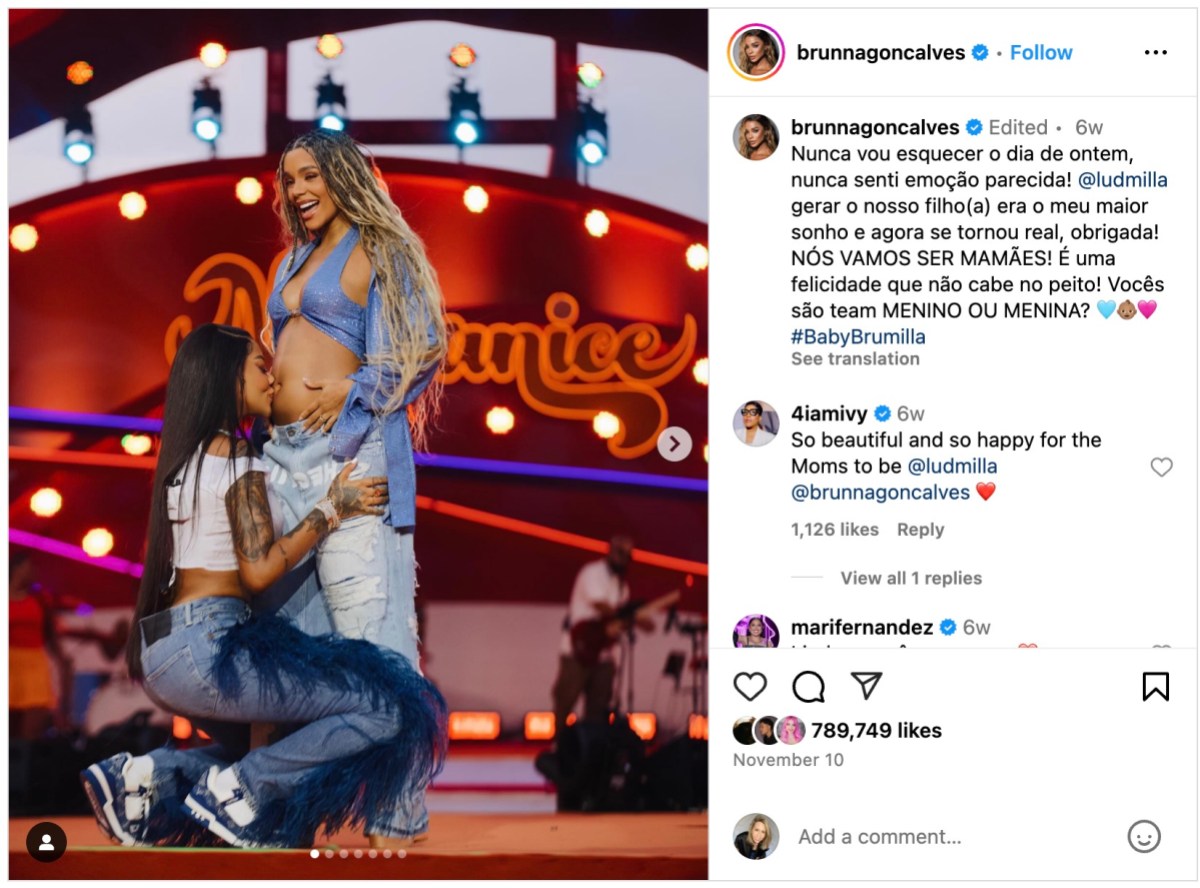
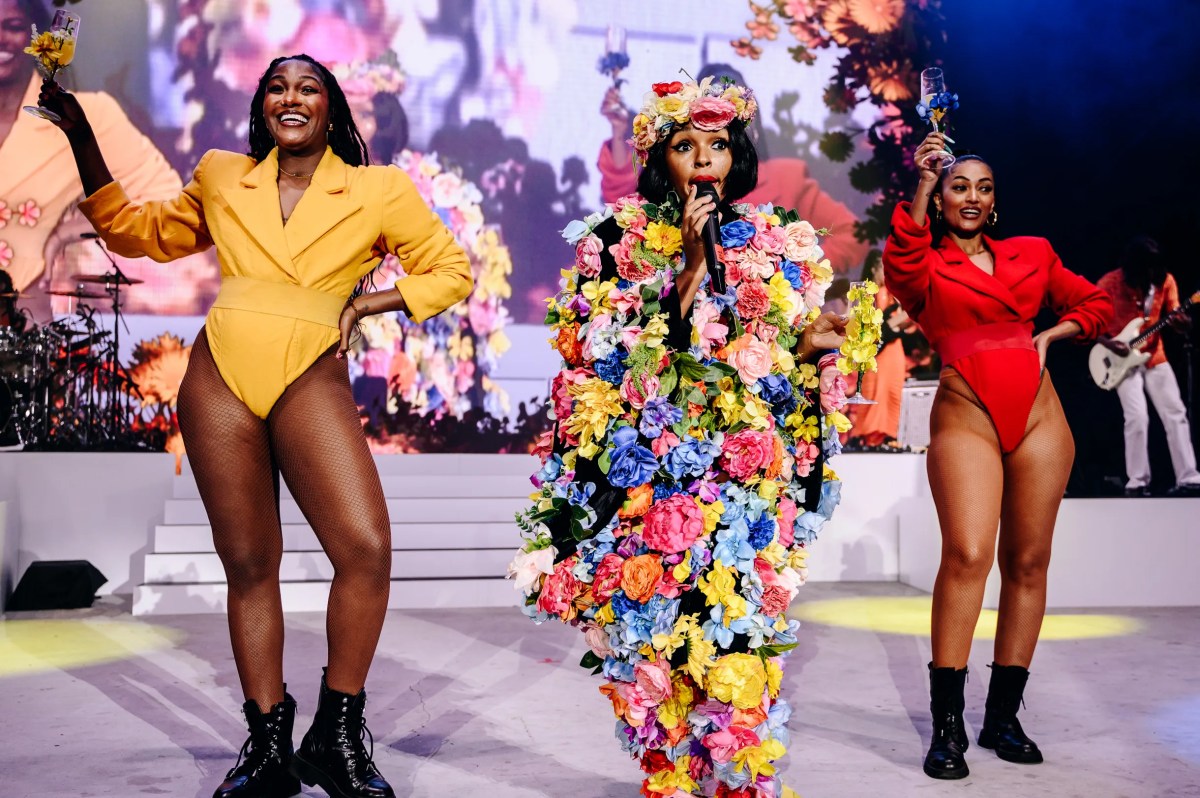



















“Wearing a mask felt similar to how I usually identified as a stone top. I started identifying as stone because I wanted to change the defaults that had run my life. I wanted all sexual encounters to start with the premise that no one could touch me. I wanted my vulnerability, my receiving, to be a choice, to be treated as precious. When I wore a mask, I began with the premise that no one could see my face unless I allowed, that I did not give them the gift of seeing me unless I actively consented.”
I love this piece so so much; thank you for writing it. As someone who also still masks everywhere, this section particularly resonated with me. I didn’t receive much typical street harassment growing up, but I’ve been struck by how much mask harassment I’ve received, either from well-intentioned people asking to see my face, telling me I have to take it off for a photograph, that I need to get over my needless anxiety, or (from not so well-intentioned people) yelling out at me from their car to ‘take that shit off.’ Still masking has become such a direct way to refuse to participate in societal norms, to signal that I’ll protect myself and my community before I’ll bow to the pressure to be exposed and vulnerable with people who do not respect me or who have not earned my trust. I hadn’t really conceptualized it in that way before reading this piece, so thank you.
A last related thought – masking has also become a way for me to free myself from certain gendered norms – I frequently skip wearing makeup at all now, and don’t need to continually be aware of my face, if it’s making a ‘nice’ or ‘pretty’ expression. I can just exist, as myself. I love the idea that masks might also allow us to create and participate in other norms, of vulnerability, of desire, of community, etc. That’s a positive I’d been struggling to find or articulate before reading this, when I usually just thought of masking as an irritating necessity that kept me safe, but also from freely engaging with others. The more I write this comment and reflect on your piece, the more I love it! Thank you again.